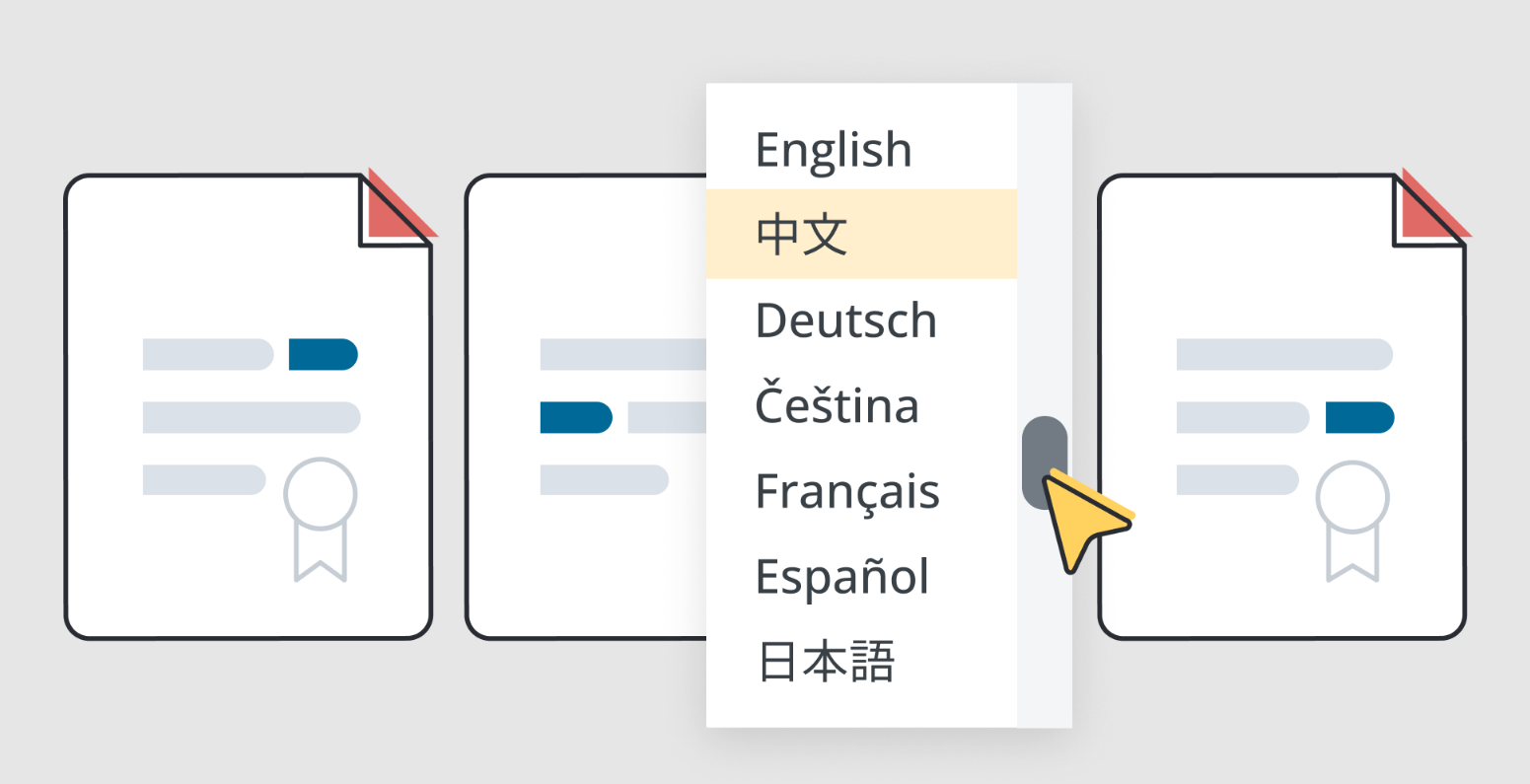In our increasingly interconnected world, effective communication across languages is imperative for global collaboration, business expansion, and knowledge sharing. Traditional methods of document translation have often fallen short of capturing the nuances and complexities of language, leading to misunderstandings and misinterpretations. However, the advent of artificial intelligence (AI) has ushered in a new era of document translation, one that goes beyond mere words and delves into the realm of understanding. This article explores how AI is revolutionizing documents translation through technologies that enable it to comprehend and effectively translate documents, focusing on concepts like neural machine translation and their role in improving translation outcomes.
The Limitations Of Traditional Documents Translation
Document translation, while essential for breaking language barriers, has long grappled with limitations. Literal translations might convey the words, but they often fail to capture the true meaning and context behind the text. This can lead to errors, misunderstandings, and even legal complications in critical situations such as business agreements and international treaties.
The AI Revolution: Understanding And Context
![]()
AI has redefined document translation by shifting the focus from mere translation to understanding the content. The heart of this transformation lies in AI’s ability to comprehend context, idiomatic expressions, and cultural subtleties that are integral to accurate translation. This shift from text to understanding is powered by advanced technologies that operate on the principles of neural machine translation.
Neural Machine Translation: Unveiling The Mechanics
At the core of AI’s prowess in document translation lies neural machine translation (NMT). NMT is a technology that utilizes artificial neural networks to process and translate text. Unlike traditional rule-based translation systems, NMT models learn from vast amounts of multilingual data, allowing them to generate more contextually accurate translations.
Imagine a neural network as a virtual brain that learns languages by analyzing countless examples of translations. It then creates complex mathematical models that map the relationships between words and phrases in different languages. These models enable the AI to predict the most likely translation for a given text, taking into account the surrounding context.
Enhancing Translation Quality NMT
NMT has proven to be a game-changer in document translation. Its ability to consider entire sentences or passages in context leads to translations that are more fluent and natural. Additionally, NMT models are adept at handling idiomatic expressions and ambiguous phrases, which often pose challenges for traditional rule-based systems.
For instance, consider a legal contract that employs intricate legal terminology. Traditional translation methods might struggle with translating such specialized language accurately. NMT, however, can draw from a vast corpus of legal texts to provide contextually accurate translations, ensuring that the legal intent is preserved.
The Role Of AI In Training NMT Models

AI plays a critical role in training NMT models. These models require large amounts of high-quality data to learn effectively. AI algorithms process and analyze this data, identifying patterns and relationships between words in different languages. This training process enables the model to develop an understanding of grammar, syntax, and semantics across languages.
As AI technologies continue to advance, NMT models are becoming more sophisticated and accurate. Through ongoing learning and refinement, these models are evolving to provide increasingly precise and contextually relevant translations.
Future Possibilities And Ethical Considerations
The future of document translation powered by AI holds immense promise. As AI algorithms become more sophisticated, they will likely incorporate real-time contextual analysis and personalization, tailoring translations to individual preferences and cultural norms. However, ethical considerations, such as avoiding bias and preserving privacy, remain paramount in the development and deployment of AI-powered translation solutions.
Conclusion
AI’s transformation of document translation from a mechanical process to one of understanding and context marks a significant milestone in the evolution of language technology. Neural machine translation has redefined how we approach translation challenges, enhancing accuracy, fluency, and cultural sensitivity. As AI technologies continue to evolve, the possibilities for more intuitive and precise document translation are boundless. The future holds a world where language barriers are not merely overcome, but where understanding and communication are seamlessly facilitated across languages and cultures.
Read Also:




























